QOTD: Can One Define the Specifics of Supercar?

In yesterday’s Buy/Drive/Burn post, we presented three coupes that are sporty, agile, and have over 500 horsepower. Yet each of them fell short of qualifying for supercar status. But why? In today’s QOTD, we’ll spend some time determining the characteristics which separate regular sports cars from supercars.
As expected, some of the comments on the Buy/Drive/Burn post yesterday touched on today’s topic. Perfect timing. There are a few metrics which generally come to the forefront when considering vehicles for inclusion in the genre of supercar. Let’s have a list.
- Engine placement
- Cylinder counts
- Cost/attainability
- Performance figures
- Branding
While certainly not inclusive, the above list is a good start. Some argue there’s no supercar status if an engine resides anywhere but between the axles. That puts the Nissan GT-R and all versions of the Porsche 911 out of the running immediately. I saw talk that eight or more cylinders are necessary before any consideration of supercar status, again knocking the GT-R and the Acura NSX down into “regular coupe” status. Long ago, a managing editor somewhere said a supercar had to be above a certain price point, and even if other metrics were satisfied, a low price meant it was too attainable, and not a supercar.
Certainly, performance figures are part of supercar consideration, but what level of performance is required? If the GT-R is faster around a specific track than a Lamborghini Huracan, does that matter? The performance bar for supercar is ever escalating toward the upper limits of what’s technically possible. Perhaps the first generation Acura NSX was a supercar, but the new one just isn’t. Or maybe the new version is just a bad supercar, but it still makes the list.
Finally, let’s consider branding. Does the logo on the front and rear matter when it comes to a supercar? Back to the comparison before — GT-R versus Huracan. Obviously, Lamborghini is a supercar manufacturer, while Nissan and Acura are not. Should that matter, or does it matter? Is an exotic badge really necessary, or is it just some snobbery?
I’ll be watching the comments today; maybe someone will create a definition with which I agree. Feel free to add any metrics I might’ve missed. Off to you.
[Images: Porsche, Nissan]

Interested in lots of cars and their various historical contexts. Started writing articles for TTAC in late 2016, when my first posts were QOTDs. From there I started a few new series like Rare Rides, Buy/Drive/Burn, Abandoned History, and most recently Rare Rides Icons. Operating from a home base in Cincinnati, Ohio, a relative auto journalist dead zone. Many of my articles are prompted by something I'll see on social media that sparks my interest and causes me to research. Finding articles and information from the early days of the internet and beyond that covers the little details lost to time: trim packages, color and wheel choices, interior fabrics. Beyond those, I'm fascinated by automotive industry experiments, both failures and successes. Lately I've taken an interest in AI, and generating "what if" type images for car models long dead. Reincarnating a modern Toyota Paseo, Lincoln Mark IX, or Isuzu Trooper through a text prompt is fun. Fun to post them on Twitter too, and watch people overreact. To that end, the social media I use most is Twitter, @CoreyLewis86. I also contribute pieces for Forbes Wheels and Forbes Home.
More by Corey Lewis
Latest Car Reviews
Read moreLatest Product Reviews
Read moreRecent Comments
- Cprescott Doesn't any better in red than it did in white. Looks like an even uglier Honduh Civic 2 door with a hideous front end (and that is saying something about a Honduh).
- Kwik_Shift_Pro4X Nice look, but too short.
- EBFlex Considering Ford assured us the fake lightning was profitable at under $40k, I’d imagine these new EVs will start at $20k.
- Fahrvergnugen cannot remember the last time i cared about a new bmw.
- Analoggrotto More useless articles.



















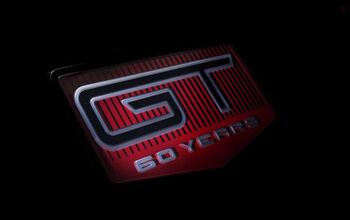
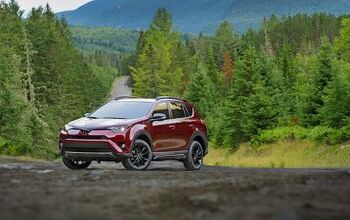

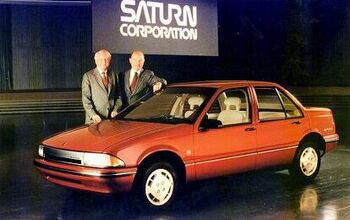


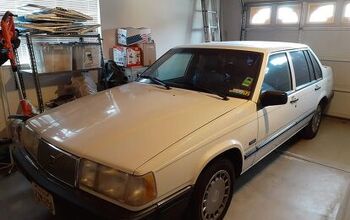

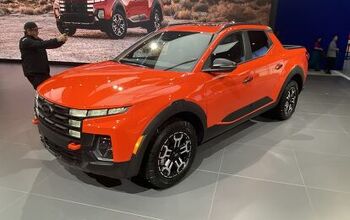


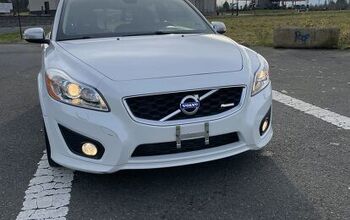

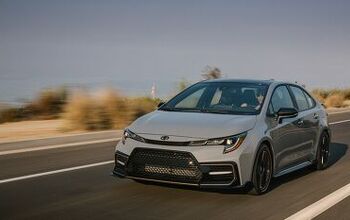

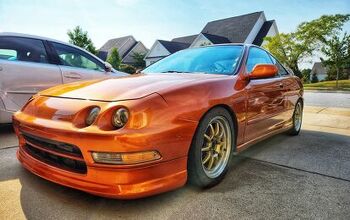
Comments
Join the conversation
It's a moving target, I think. Koenigseggs? Yes. Ruf's new and old Yellow Birds? Yes. The original Countach? Sure, but at 5.4 seconds to 100 Km/h and a top speed of 179 MPH there are many German sedans that could murderlate the ole' girl everywhere it went. To my mind it's still a supercar, though.
To determine a sports car (supercar) you ask this question: Would you like to take this XXX on a 6hr road trip to Denver? If the answer is hell no!, then it's a sports car.